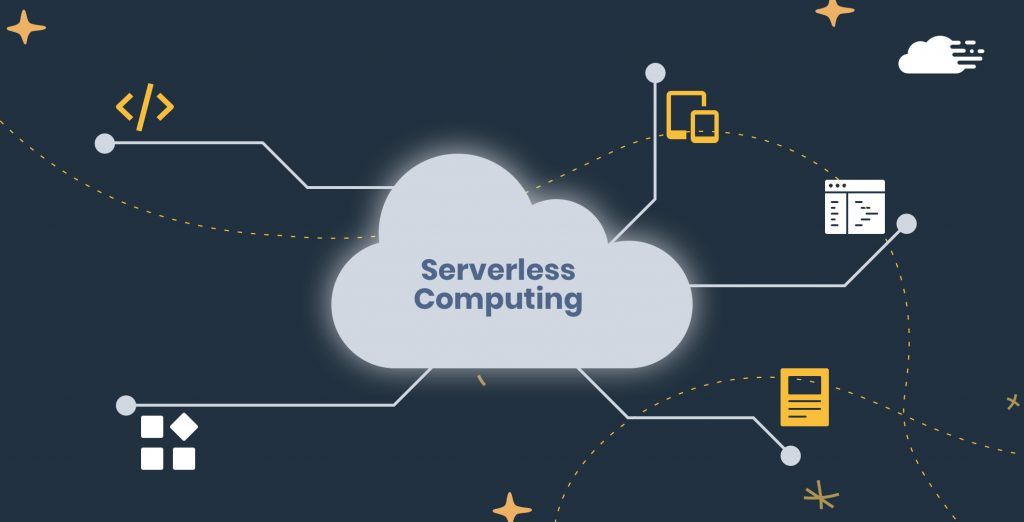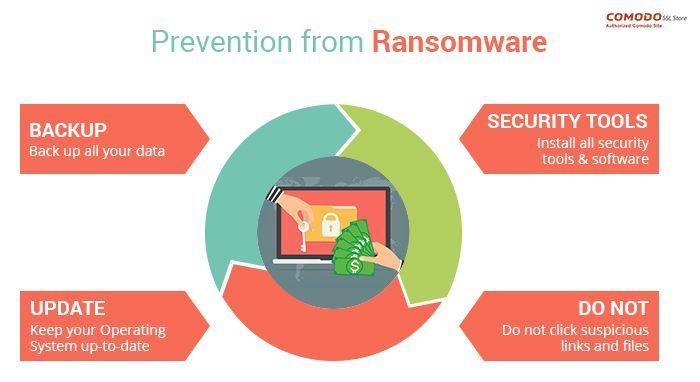As technology continues to advance, the way we build and deploy applications is constantly evolving. One of the latest trends in the tech industry is serverless computing, a revolutionary approach to developing and running applications. In this article, we will explore what serverless computing is, how it works, and why it is becoming increasingly popular among developers and businesses.
What is Serverless Computing?
Serverless computing, also known as Function as a Service (FaaS), is a cloud computing model that allows developers to build and deploy applications without having to manage traditional servers. With serverless computing, developers can focus on writing code and let the cloud provider handle the infrastructure management, scaling, and maintenance. This means that developers can develop and deploy applications more quickly and efficiently, without worrying about the underlying infrastructure.
How Does Serverless Computing Work?
Serverless computing works by allowing developers to write functions that are triggered by events, such as HTTP requests or database changes. These functions are then deployed to a cloud provider, such as Amazon Web Services (AWS) or Microsoft Azure, where they are executed in response to these events. The cloud provider automatically scales the resources to handle the demand, so developers only pay for the compute resources that are actually used.
Benefits of Serverless Computing
There are several benefits to using serverless computing for building and deploying applications. One of the main advantages is cost savings, as developers only pay for the compute resources that are actually used, rather than having to pay for a fixed amount of server capacity. Serverless computing also allows for greater scalability, as the cloud provider automatically scales the resources to handle the demand. This means that applications can easily handle spikes in traffic without any manual intervention.
Serverless computing also offers faster development cycles, as developers can focus on writing code without having to worry about managing servers. This allows for quicker deployment of applications, leading to faster time to market. Additionally, serverless computing can improve reliability, as the cloud provider handles the infrastructure management and maintenance, reducing the risk of downtime.
Use Cases for Serverless Computing
Serverless computing is ideal for a wide range of use cases, including web applications, mobile backends, data processing, and IoT (Internet of Things) applications. For example, a web application that needs to handle varying levels of traffic can benefit from serverless computing, as the resources can automatically scale to handle the demand. Similarly, an IoT application that needs to process data from connected devices can leverage serverless computing to handle the processing in a cost-effective and scalable manner.
Conclusion
Serverless computing is revolutionizing the way we build and deploy applications, offering a cost-effective, scalable, and efficient solution for developers and businesses. By allowing developers to focus on writing code and letting the cloud provider handle the infrastructure management, serverless computing enables faster development cycles, greater scalability, and improved reliability. As the demand for cloud computing continues to grow, serverless computing is poised to become the go-to solution for application development in the tech industry.
Are you ready to take advantage of the benefits of serverless computing for your next project? Get started today and experience the power of serverless computing for yourself!




